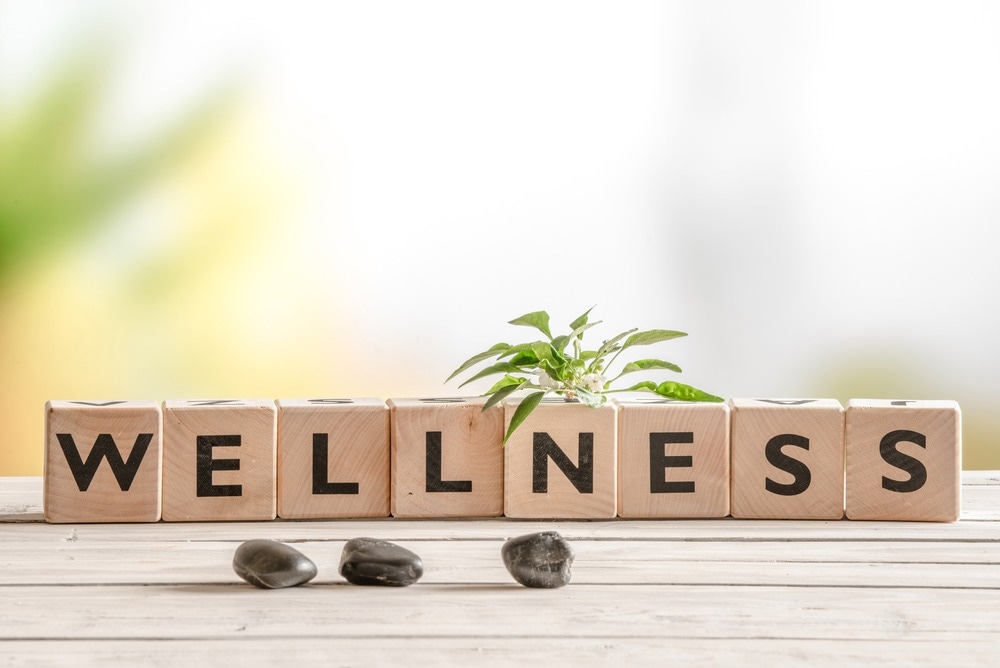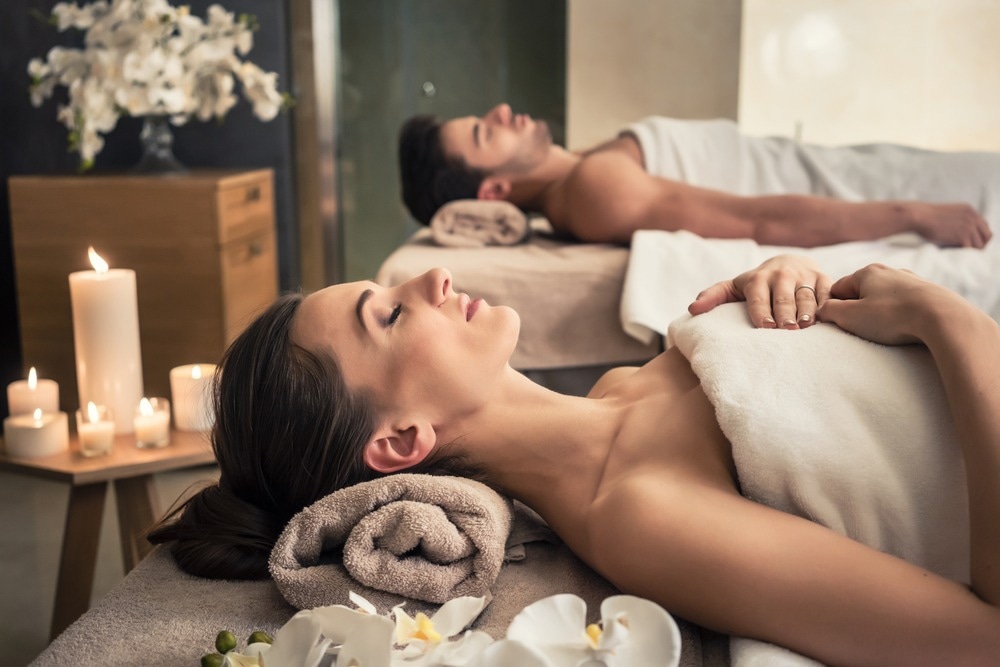Introduction
What is wellness?
A burgeoning multisector industry
The popularity of wellness tourism
The future of wellness
References
Wellness aims to achieve optimal levels of physical, mental, and spiritual health and wellbeing. This burgeoning industry has witnessed unprecedented growth over the last decade or so, and it is a hugely lucrative industry. According to the Global Wellness Institute (GWI), in 2017, the wellness market was valued at $4.2 trillion.
Wellness tourism stands at the crossroads between the burgeoning travel and wellness industries and takes a healthy share of the market. But by far, the biggest share goes to beauty and personal care. People are nowadays more aware of the importance of wellness, and the growth of this industry looks set to continue.

Image Credit:
What is wellness?
So, what is wellness exactly? According to the National Institute of Wellness: "Wellness is an active process through which people become aware of, and make choices toward, a more successful existence." There is a consensus that wellness is (National Institute of Wellness, 2020): a conscious, self-directed, and evolving process of achieving full potential. Wellness is multidimensional and holistic, encompassing lifestyle, mental and spiritual wellbeing, and the environment, and it is positive and affirming.
Wellness is a holistic approach that reaches beyond mere health and toward mental, spiritual, and physical wellbeing and other positive lifestyle factors such as gratitude and success. Bill Hettler originally conceived of six dimensions of wellness in 1976. Nowadays, seven dimensions are commonly recognized (sometimes eight even).
A burgeoning multisector industry
Ten years ago, the groundbreaking World Happiness Report was released (April 1st, 2012) and is now published annually by the United Nations Sustainable Development Solutions Network. The report drew upon data collected from the Gallup World Poll, which measured the state of happiness (fundamental causes and detractors and policy implications) in 155 nations across the globe.
The GWI predicts that the 11-sector wellness economy will expand by a whopping 10% by 2025, worth $5 trillion. The 11 components that make up this industry comprise:
- Wellness tourism
- Spas
- Thermal/wellness springs
- Wellness real estate
- Physical activity
- Mental wellness
- Personal care and beauty
- Healthy eating, nutrition, and weight loss
- Traditional and complementary medicine
- Public health prevention and personalized medicine
- Workplace wellness

Image Credit: Kzenon/Shutterstock.com
The popularity of wellness tourism
The GWI defines wellness tourism as 'travel associated with the pursuit of maintaining or enhancing one's personal wellbeing.' It is important to distinguish between this and medical tourism, which is not the same thing though the two concepts are commonly mixed up. Wellness tourism involves activities that are proactive, entirely voluntary, non-invasive, and non-medical in nature.
Wellness tourism continues to grow. The idea of wellness travel might conjure up blissful images of a yoga retreat or spa break, but wellness tourism incorporates a broader spectrum of activity. According to the GWI, there are two kinds of wellness travelers:
- The primary wellness traveler
- Here the trip is predominantly motivated by wellness
- The secondary wellness traveler
- Here the motivation is the maintenance of wellness during travel for otherwise either business or leisure purposes
When people travel to optimize health and wellbeing, they frequently head for the spa. A spa break is a staple top choice destination currently accounting for an estimated $128 billion slice of the industry pie (GWI, 2022).
The most popular destinations for travel are the Caribbean, Asia-Pacific, Middle East, and North Africa regions. People chose these places on account of the amenability of the climate and the variety of options on offer ranging from activities involving meditation, fitness, spa breaks, personalized health, and nutrition.
The future of wellness
According to the GWI, the future of wellness will likely look different than in the past because the COVID-19 pandemic has spurred a major shift in how consumers understand and experience wellness. These shifts involve a move from self-pampering and escapism toward self-preservation and survival; closing the gap between science and wellness; a prevention lifestyle and conjoint healthcare priority; a balancing of personal and virtual connections; lean into nature for nourishment and healing; prioritization of mental health; a global-wide resetting of values and the seeking out economic, environmental, and social justice and more attention to the meaning of life.
Researchers have sought to predict where health promotion is headed between now and 2050. In the past, values were passed from generation to generation, but now more than ever, recent generations have a heightened sense of a changing society (and the world in general) due to the widespread accessibility of information. Edington et al. 2016 mapped some changing factors relevant to future developments in wellness according to generational affiliation:
- The Baby Boomers
- Want to simplify life. By 2040 this generation will be in their 80s, and some will continue to be active and use organizational health and wellness centers
- Generation X
- Are following their own ideas about living and working. They'll be in their 60's by 2040 and, having been exposed to wellness initiatives throughout their working lives, will need activities to counter the aging impact of a lifetime of activity
- The millennials (generation Y)
- Are looking for meaningful work and real relationships. They'll be in their mid-50s by 2040. They are the first generation to have been exposed to wellness throughout their lives and respond well to customized wellness plans explicitly made for them
- Generation Z
- This generation will be in their late-30s in 2040 and looking to change the world through networking and relationships. They will want to live where they can make a difference in their profession or society. They will have created and maintained a wellness regimen on their own or by participating in relationship-building activities and will look to lifestyle medicine clinics at the forefront of innovation.
References:
Further Reading
Last Updated: Jul 11, 2022